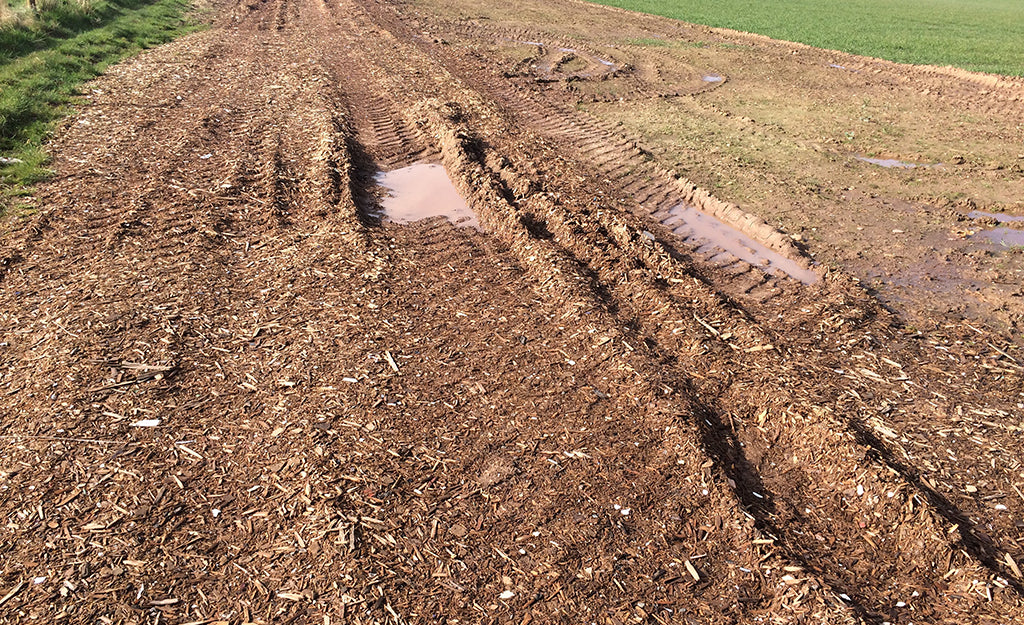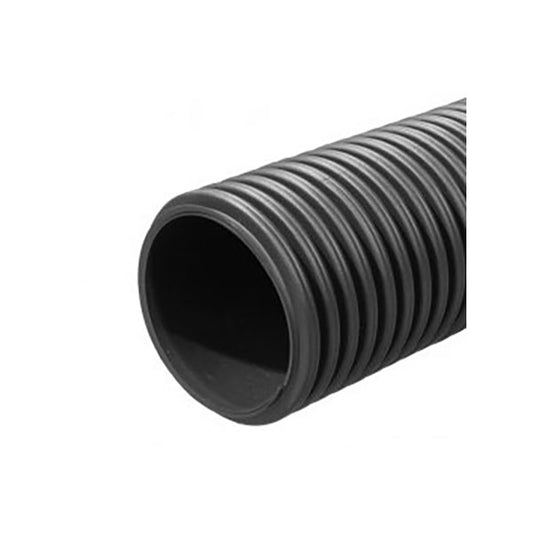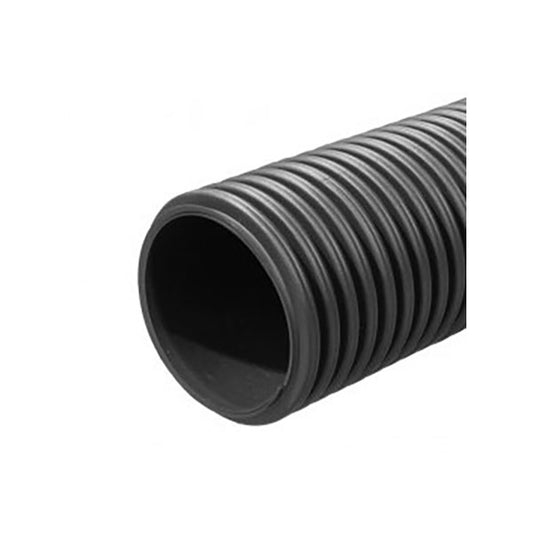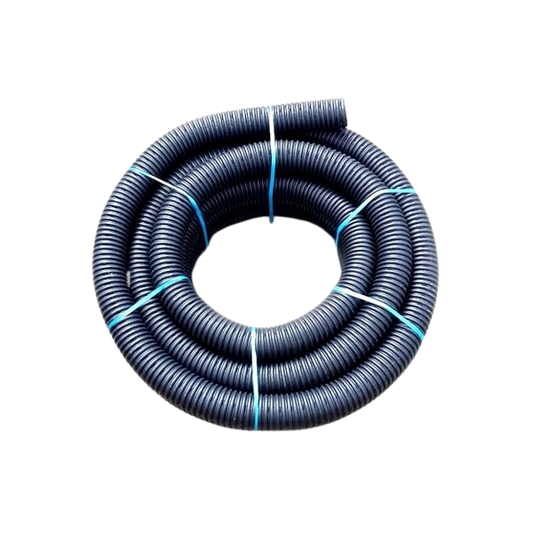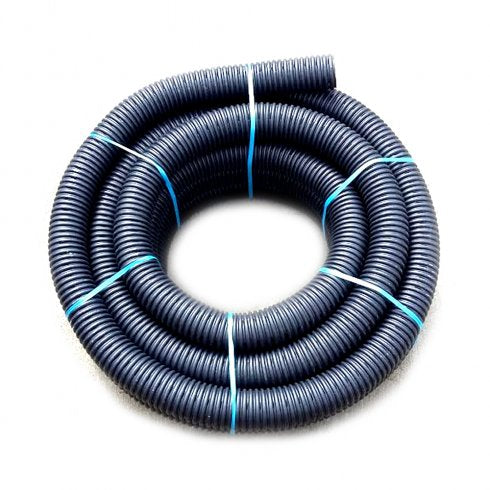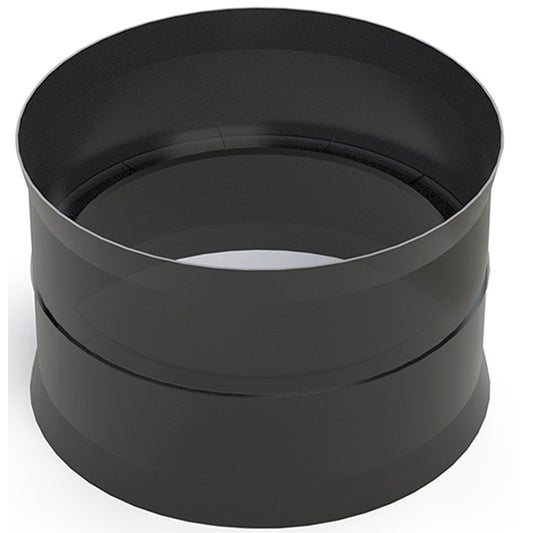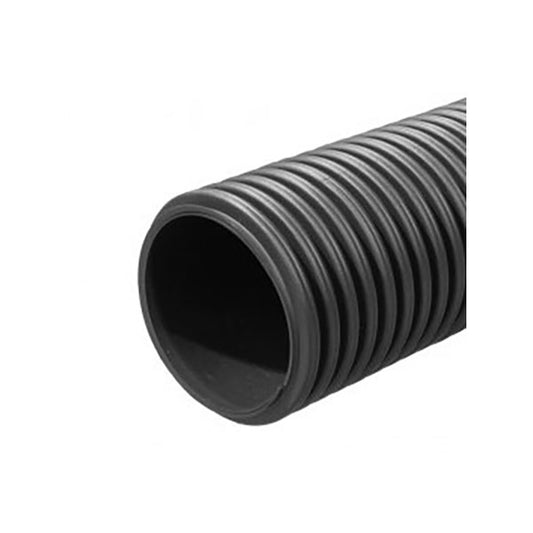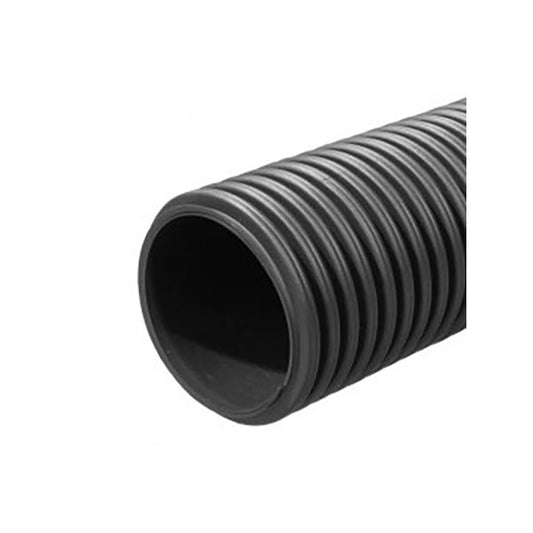The UK has many different types of soil due to variations in geology, climate, plant and animal ecology, and land use. Understanding the type of soil you have is an important first step in identifying the best crops to grow — and the actions needed, such as good drainage, to get the most from your land. Here’s our guide to the main soil types and how to manage them effectively.
Contents
Why is soil so important?
The health of your soil is vital to the success of your crop yields. Soil supplies the essential nutrients, water, oxygen and root support that crops require to grow effectively. It also acts as a buffer to protect plant roots from extreme temperature changes.
To achieve plentiful yields, it’s essential to plant the right crops, at the right time, in the right soil. Each soil type has its own benefits and limitations — so understanding your soil is key.
What are the different soil types?
Here are the main soil types found in the UK:
-
Sandy soil
This light, loosely packed soil contains a high proportion of sand and little clay. It drains quickly, doesn’t hold water well, and warms up fast — but can dry out quickly too. -
Clay soil
Heavy and tightly packed, clay soil is rich in nutrients but poor at draining. It stays wet and cold in winter, and hardens when dry. Water tends to sit near the surface, limiting root depth. -
Silt soil
A fertile, light soil that retains moisture and drains well. It has fine particles and can be compacted easily, so careful management is required. -
Peat soil
High in organic matter and moisture, peat forms from decayed vegetation. It’s rare in arable land and more commonly found in natural areas. -
Chalk soil
Alkaline and rich in calcium carbonate, chalky soils are free-draining but low in fertility. They can restrict crop growth and often require conditioning. -
Loam soil
The perfect balance of sand, silt and clay, loam is fertile, easy to cultivate, and provides excellent drainage. It’s considered the ideal soil type for most crops.
How to find out your soil type?
The most accurate way to determine your soil type is to consult your local agronomist for a soil analysis. They can assess its texture, pH, and nutrient content.
Alternatively, you can do a simple at-home test:
Take a handful of moist soil and roll it between your fingers:
- Sandy soil — feels gritty, falls apart easily, cannot be rolled into a sausage shape.
- Clay soil — sticky when wet, can be rolled into a long, thin sausage and smoothed shiny.
- Silt soil — slightly soapy or silky to the touch and doesn’t clump together.
- Chalk soil — will fizz or froth if placed in vinegar due to its calcium carbonate content.
How to improve soil drainage?
Your soil type directly impacts how well water drains — and, therefore, the health of your crops.
Good drainage ensures your soil is properly aerated, preventing waterlogging and root suffocation. It also reduces nutrient loss from surface runoff and helps prevent soil erosion.
Installing a reliable land drainage system can significantly improve drainage performance and soil structure.
How can we help?
Our background is in farming — we understand your needs. Our MD’s family have been farming for generations, and we’re specialists in land drainage.
We supply a wide range of products at cost-competitive prices, including land drainage coil, twinwall pipe, and large diameter structured pipe.
Our team of specialists can provide you with expert advice. Call us today on 0121 351 3230.
Alternatively, fill out our enquiry form:





